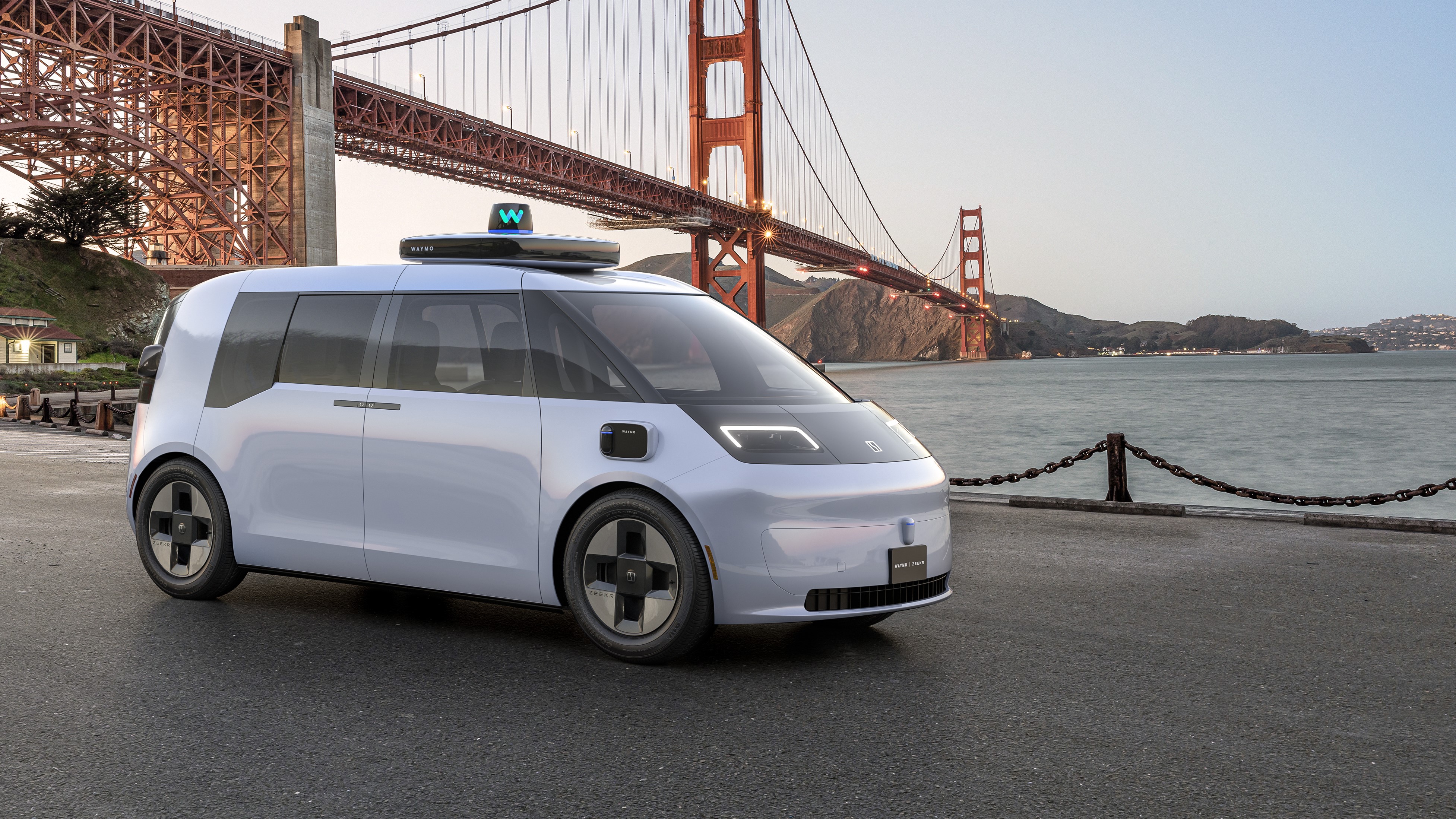diplomat33
Average guy who loves autonomous vehicles
Has waymo addressed the question of whether they would ever be involved in self-driving cars that are designed for consumer purchase as opposed to robotaxi fleet usage?
I think the CEO of Waymo recently said that they are definitely interested but it would come "later". I think Waymo has said robotaxis come first then consumer self-driving cars later.






